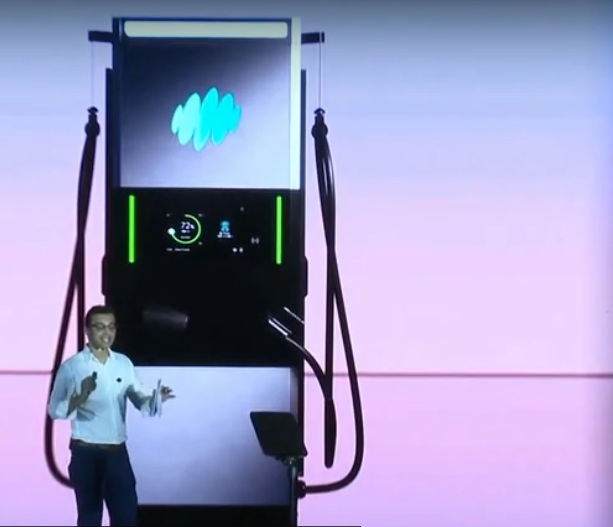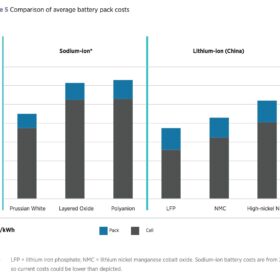India’s Exicom has launched its next-generation DC fast charger, Harmony Direct 2.0, built for reliability, station economics, and enhanced user experience.
“Reliability and trust are central to accelerating EV adoption in India,” said Anant Nahata, managing director and CEO, Exicom. “With Harmony Direct 2.0, we’ve engineered a product that transcends traditional charging solutions, and sets a new standard for infrastructure robustness, operational economics, and intuitive user experience. This product reflects our deep understanding of both global technology trends and local market demands, solidifying our commitment to India’s EV ecosystem.”
The brain behind the charger is Harmony OS, India’s first indigenously developed EV charger controller platform. With intelligence at the core, Harmony OS automates charger-to-car-to-cloud interactions.
“Harmony OS flexibly manages every function with precision. It controls and manages every charging session, dynamically balances power, runs real-time diagnostics, and more importantly, adapts to any scenario which the charger may throw at it, ensuring seamless charging, smooth experience for users and efficient operations for the charging point operators,” said Nahata.
The charger is equipped with sensor-based diagnostics and AI-enabled Harmony Connect for remote charger management, drastically minimizing downtime and maximizing station reliability.
Anshuman Divyanshu, CEO, EVSE Business, Exicom, added, “Harmony Direct 2.0 is meticulously crafted to deliver exceptional efficiency and operational intelligence, bringing in attributes that that matter the most for charge point and fleet operators. This product will help them scale with confidence.”
Harmony Direct 2.0 increases efficiency through dynamic load sharing between plugs. Through smart power handling, the charger also tackles the issue of reactive losses, thus significantly reducing energy costs. Additionally, it debuts the peerless Harmony Net technology, and enables intelligent real-time power sharing across multiple chargers, which enhances flexibility and scalability for charge point operators.
Additionally, the charger’s multi-stack charging functionality takes smart charging to the next level, enabling multiple nuanced logics.
“Instead of being stuck with one fixed charging profile, in Harmony 2.0 operator can define multiple charging strategies to meet their goals based on user segmentation, time of day or day of the week. The system smartly prioritizes and even adapts and executes these charging strategies or profiles without any manual intervention,” said Nahata.
This content is protected by copyright and may not be reused. If you want to cooperate with us and would like to reuse some of our content, please contact: editors@pv-magazine.com.









By submitting this form you agree to pv magazine using your data for the purposes of publishing your comment.
Your personal data will only be disclosed or otherwise transmitted to third parties for the purposes of spam filtering or if this is necessary for technical maintenance of the website. Any other transfer to third parties will not take place unless this is justified on the basis of applicable data protection regulations or if pv magazine is legally obliged to do so.
You may revoke this consent at any time with effect for the future, in which case your personal data will be deleted immediately. Otherwise, your data will be deleted if pv magazine has processed your request or the purpose of data storage is fulfilled.
Further information on data privacy can be found in our Data Protection Policy.